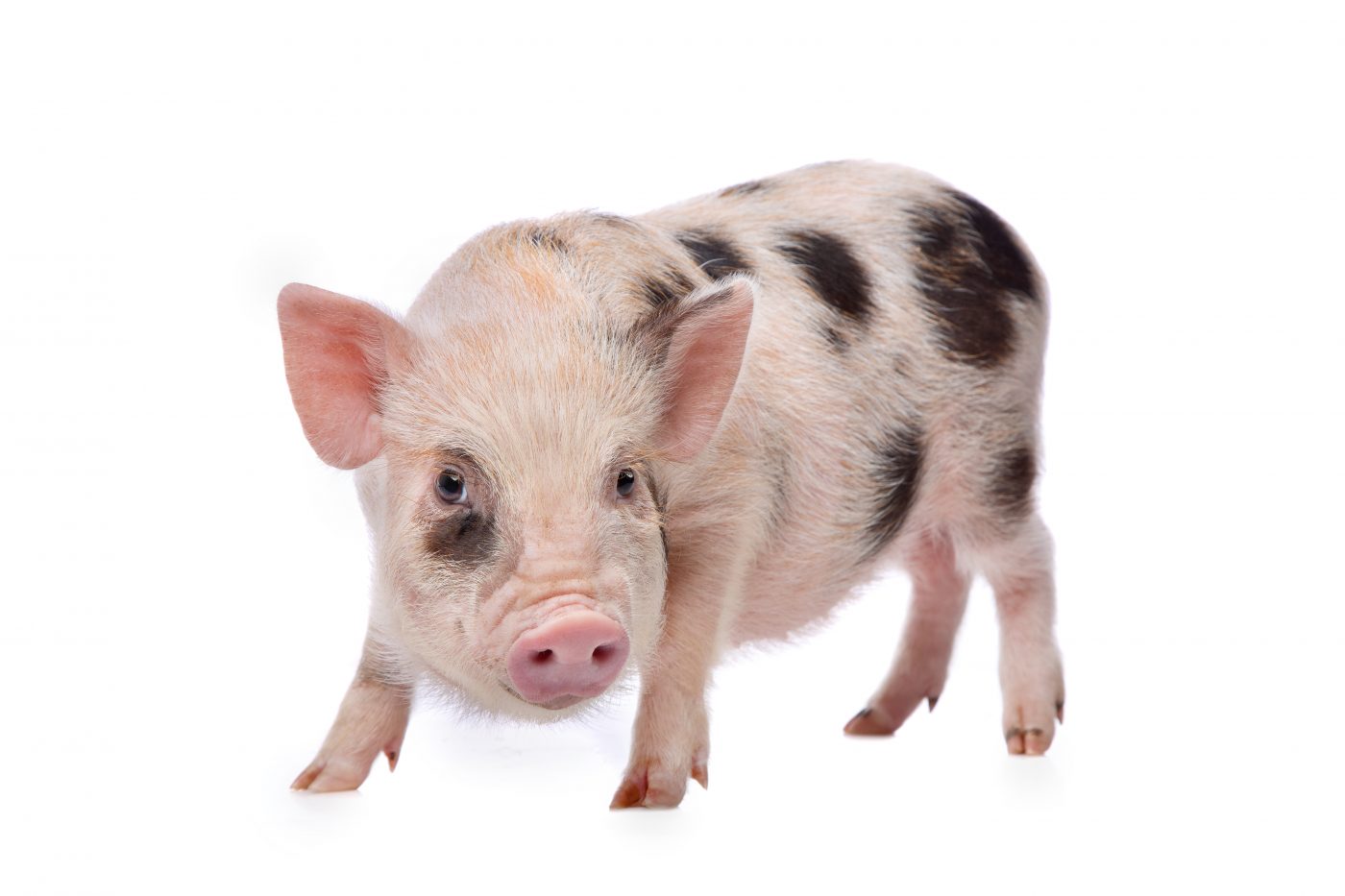FDA Clears Genetically Engineered Mini Pig Model For Use in Research And Drug Development
Written by |

Exemplar Genetics announced that the U.S. Food & Drug Administration (FDA) has cleared its low-density lipoprotein receptor (LDLR) mini pig for use in scientific studies. In the future, this type of model could become an invaluable addition to study diseases such as Huntington’s disease, as mouse models have proven insufficient at optimally translating preclinical research to the human setting.
The FDA exercised enforcement discretion in the clearing, a process that allows the agency not to enforce authority on the premarket approval of genetically engineered animals.
Since the emergence of genetically engineered mice in the late 1980s, mutant mice have become the mainstay of preclinical research. But it has long been clear that genetically engineered mice are not able to fully capture the whole range of disease aspects, neither for Huntington’s nor other conditions. Scientists and drug developers have long refrained from using larger animals, however, because of the longer time frame involved, certain animal-welfare considerations, and cost.
But clinical trial failures are extremely costly in human and financial terms, too, and better suited, more predictive research tools are needed.
Since Huntington’s only affect humans, a perfect animal model does not exist. Still, the genetic, anatomical and metabolic differences between larger animals, such as swine, and humans are fewer than between humans and rodents. It is possible that the failures of drug development attempts — amounting to 80 percent across all fields — might be ascribed to such species differences.
This, by no means, implies that rodent models will become obsolete, as validation of mechanisms, proof-of-concept studies, exploration of biomarkers, and early safety and pharmacokinetic modeling in Huntington’s are still best performed in mice. Larger animals might be used to evaluate the safety, brain biodistribution, and effect on the expanded HTT gene in a large brain.
Exemplar has developed a range of transgenic mini pigs, used in research as disparate as heart disease — the target of the LDLR model — cancer, and neuromuscular or neurodegenerative diseases. Particularly, these models will allow research into the around 7,000 genetic diseases caused by a single gene mutation, such as Huntington’s disease.
The mini pigs holding mutant Huntingtin — the gene underlying Huntington’s — have already been explored in Huntington’s disease research, where the study “Mind the gap: models in multiple species needed for therapeutic development in Huntington’s disease,“ shows they can capture aspects of the disease not possible to model in mice. One such feature, commonly observed in patients but never in mice, are brain neurons with fragmented DNA, labeled to undergo programmed cell death. Work is also underway to evaluate the model for translatable outcome measures, including motor and cognitive behavior, neuropathology, and brain imaging findings using magnetic resonance imaging (MRI).
“Current animal research models are useful yet not predictive, and the results they generate pre-clinically often do not translate into the clinic,” John R. Swart, President and Chief Executive Officer of Exemplar Genetics, said in a press release. “We thank the FDA for their comprehensive four-year review and decision which empowers researchers and drug developers focused on cardiovascular disease with the potential for greater drug and device discovery. This is an important milestone in the drug development industry.”
“The pioneering ExeGen LDLR research model opens the door to a powerful investigational platform to elucidate human pathologies for use in the generation of effective therapeutics, said Dale Mais, director of Metabolism and Endocrinology at MPI Research. “The FDA’s decision bodes well for Exemplar’s processes and pipeline, which we believe to be the furthest advanced and broadest platform of miniswine research models under development.”





